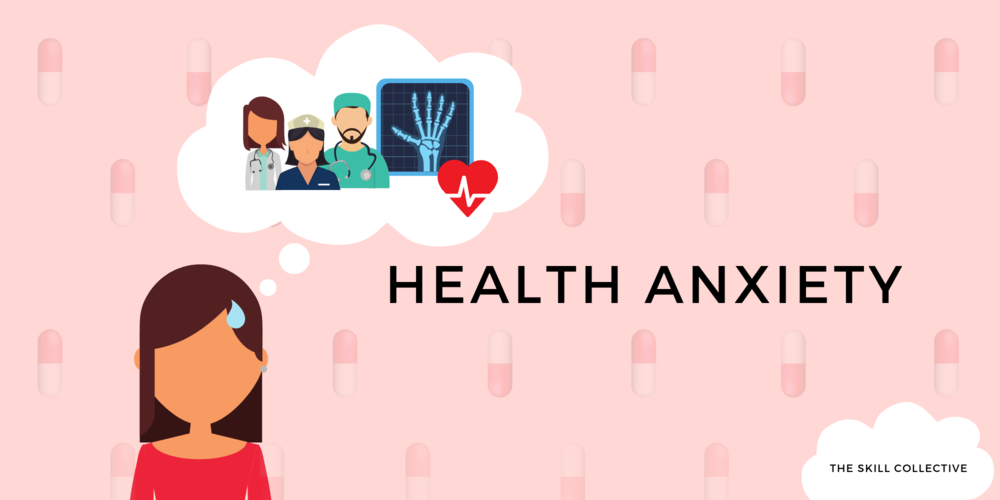
Help For Navigating Stress and the Holidays
by Counseling and Wellness Center of PittsburghNovember 20, 2023 christmas stress, counseling near me, counseling pittsburgh, holiday stress, holidays, holidays stress reduction, pittsburgh, pittsburgh counseling and wellness, stress, stress and the holidays, thanksgiving, therapy pittsburgh0 comments
Help For Navigating Stress and the Holidays
The holiday season is often portrayed as a time of joy, happiness, and togetherness. However, for many individuals, stress and the holidays go hand in hand. The societal expectation to embrace merriment can paradoxically result in heightened stress, anxiety, and loneliness. Despite the common portrayal of the holidays as...Learn More
What is Triangulation
by Counseling and Wellness Center of PittsburghAugust 4, 2020 bowens system theory, triangulation, what is triangulation0 comments
Triangulation
You may have heard the latest celebrity gossip regarding Will Smith and Jada Pinkett Smith’s relationship drama. If not, let me catch you up to speed – Jada openly admitted to having an ‘entanglement’ with a much younger man without Will’s consent or knowledge. This abruptly caused a firestorm across the internet with questions and jokes about ‘entanglements’ and what...Learn More
Habits that Make Us Happy: Understanding Hope
by Counseling and Wellness Center of PittsburghJuly 13, 2020 exercise for gratitude, hope, Understanding Hope0 comments
When looking for the definition of hope, it’s difficult to find merely one answer. Throughout the history of psychology, there have been numerous attempts to define hope. Hope is a human universal, and being universal, it falls into an interesting paradox; while all people experience hope, each individual’s experience is personal, intimate, and unique. Because there are so many ways to...Learn More
Managing Displaced Anger During Difficult Times
by Counseling and Wellness Center of PittsburghMay 27, 2020 anger management counseling, greensburg counseling0 comments
Managing Displaced Anger During Difficult Times
It has been said that anger is a secondary emotion, triggered by preceding fear, rejection, hurt feelings, humiliation, and sadness. With the current pandemic, restrictions on our daily activities, the uncertainties of our futures and our medical and financial wellbeing, it is no wonder people have been on edge. This disruption has been...Learn More
Sexual Wellness and ‘Self Care’
by Counseling and Wellness Center of PittsburghMay 21, 2020 self care month, sex therapist, sexual wellness, Uncategorized0 comments
May is Self Care Month! In honor of that, let’s explore a form of self care that might not be the first thing you think of when you think about wellness. When the oxygen masks drop on the plane you always put on your own before helping someone else. This is self-care. The actions you take to keep all dimensions of your own health (physical, emotional, social, spiritual, mental) as strong...Learn More
Health Anxiety During a Pandemic
by Counseling and Wellness Center of PittsburghMarch 26, 2020 health anxiety, hypochondriac, online counseling, pandemic, treatment for anxiety0 comments
Health Anxiety During a Pandemic
Health anxiety is a term which identifies the cluster of behaviors around the physical body and its processes and specifically a preoccupation with preventing or experiencing disease or illness. Some of its symptoms are symptom checking, frequent trips to the doctors office, seeking reassurance that you are not dying or gravely ill. In the matter of weeks,...Learn More
